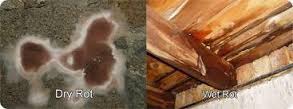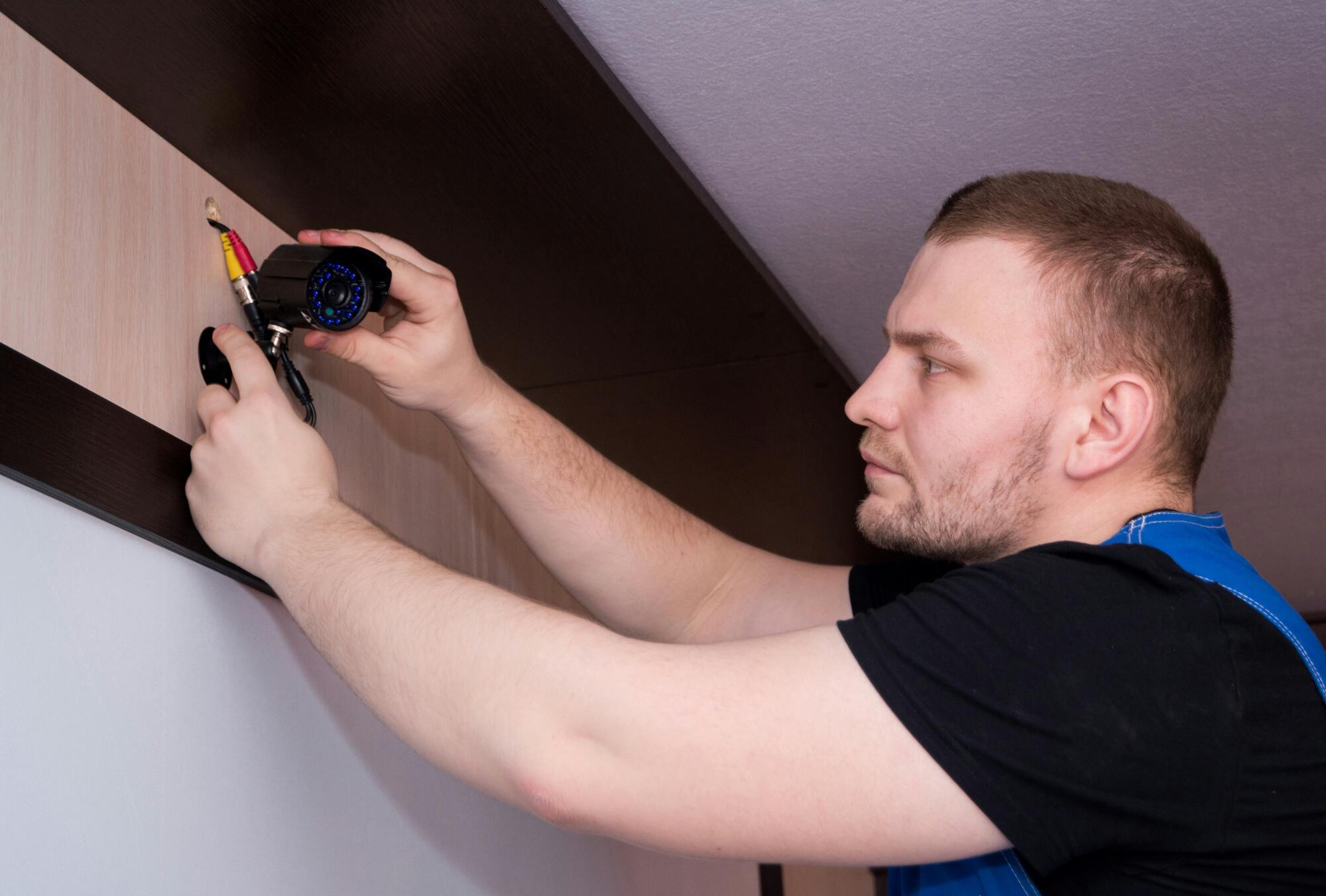Introduction
Serpula lacrymans or as its more commonly known, dry rot, is a fungus that attacks wood and timber throughout most parts of the world. Dry rot is most common in timber forests, but also known for its powerful ability to destroy timber, and eat away at the wood used in the construction of homes.
How to differentiate Dry Rot from Wet Rot
It’s important to try and identify if the damage to your timber is from dry rot or one of the other wood destroying wet rots that are around. Keep in mind that dry rot can easily pass through multiple building materials. What that means is it has the ability to break out and spread quickly.
In some cases, it can affect a number of areas in one building. So it’s essential that you look into possible masonry sterilization or a generous application of this treatment. Treat it regularly to avoid and prevent future outbreak of other wood rotting fungi.
The presence of Dry Rot typically shows:
- Wood will form in a cuboidal (cube-like) manner
- Wood will become darker cracks appearing to shrink
- Velvety textured skin will grow over the wood; graying with yellow and purple colors.
- Live decay produces a musty-like odor that accompanies the growth
Dry rot can be present in any home, regardless of age or home’s location, electing to have a home inspection service is a quick and trusted method that highlights and addresses any areas of concern. Dry Rot has the ability to spread like wildfire and cause unthinkable structural damage. It needs to be identified, treated, and stopped in its tracks.
If you are concerned about the issue of dry rot, then contact a professional home inspection company today and ask about specialist services that could help you address the issue of dry rot in your home or property.











